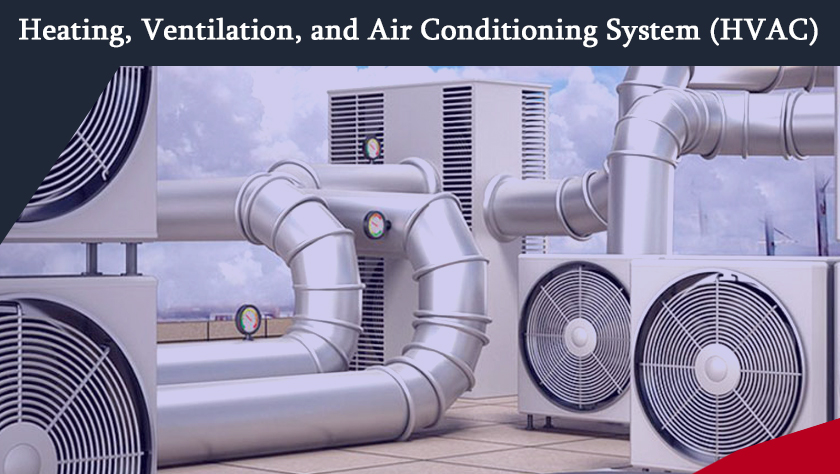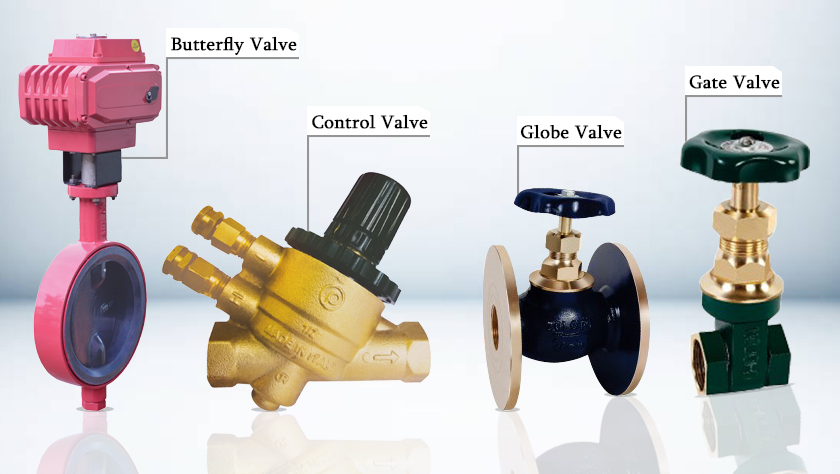Since all the mechanical systems that provide thermal comfort and air quality in a room/indoor area are interconnected, they are often grouped together and are called HVAC systems. It includes central air conditioners, heat pumps, boilers, furnaces, rooftop units, chillers, and packaged units.
HVAC valves are used to control flow in pipes. Major components of an HVAC system such as water chiller, cooling water pumps, air handling units, and fan coil units use valves to control the flow of water, gas, and air.
What is HVAC System?
HVAC is the acronym for Heating, Ventilation, and Air Conditioning. HVAC refers to the various systems that are used along with heating and cooling buildings (both commercial and residential). An HVAC system is responsible for keeping you fresh and cool in summer and making you feel warm and cosy in winter. Apart from just keeping a place warm or cool, HVAC systems are also responsible for improving indoor air quality while providing comfort to everyone inside the building.
What are the different types of valves used in HVAC System?
Plug valves (seat valves), ball valves, and butterfly valves are the most common types of valves used in heating, ventilation, and air conditioning system. Other valves used in HVAC system include knife gate valves, diaphragm valves, and gate valves.
Heating and cooling Hydronics-triple duty valves acts as a check valve, shut-off valve, and balancing valve all at the same time. Automatic flow limiting valves are used to vary the speed pumping systems that control the flow of the water in HVAC systems while automatic temperature control valves are used to reduce the temperature of the water in the domestic hot water pipe.
A pressure reducing valve is used to reduce the pressure of the water in the HVAC hydronic loop while circuit setter valves are used to maintain a set amount of flow through a piping loop.
HVAC systems not only regulate the temperature of the indoor space but also maintain the indoor air quality. However, it is important to use high-quality industrial valves in order to get the best results.
SKG PNEUMATICS INC is the leading industrial valve suppliers in India. In fact, all their valves go through multiple ruggedness-testing procedures to ensure that their customers receive the best industrial valves.











 FSC
FSC